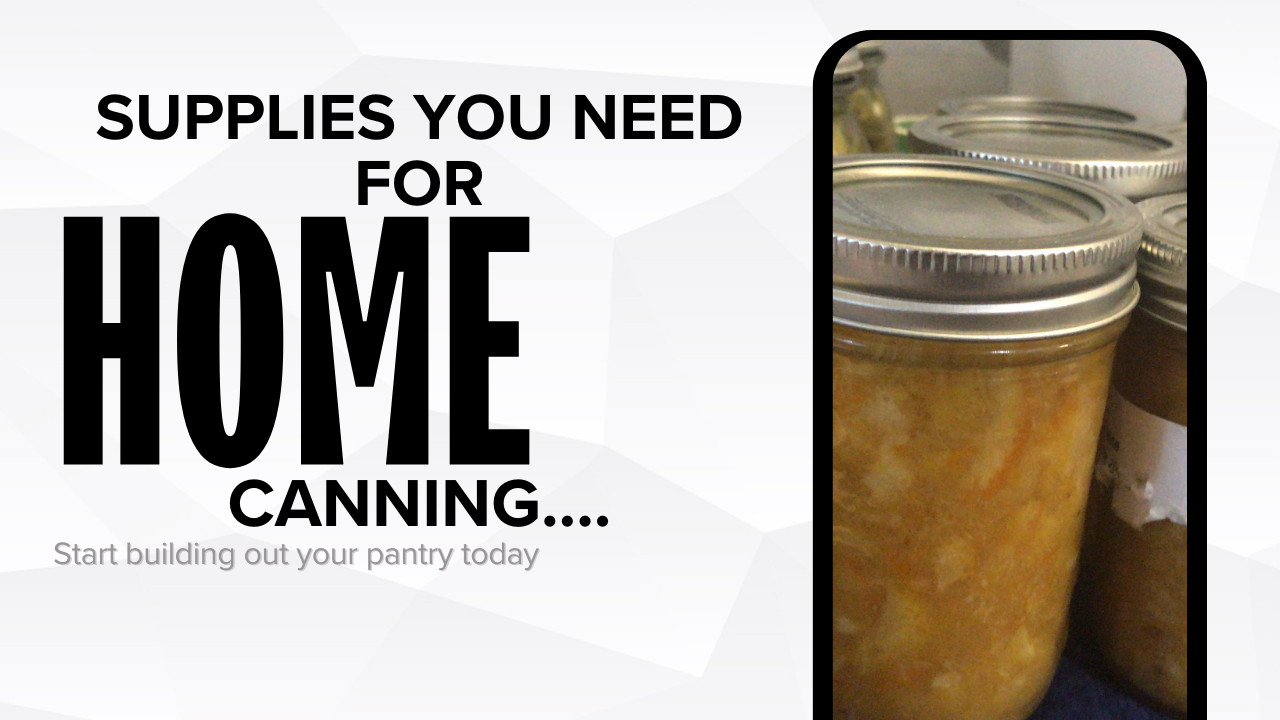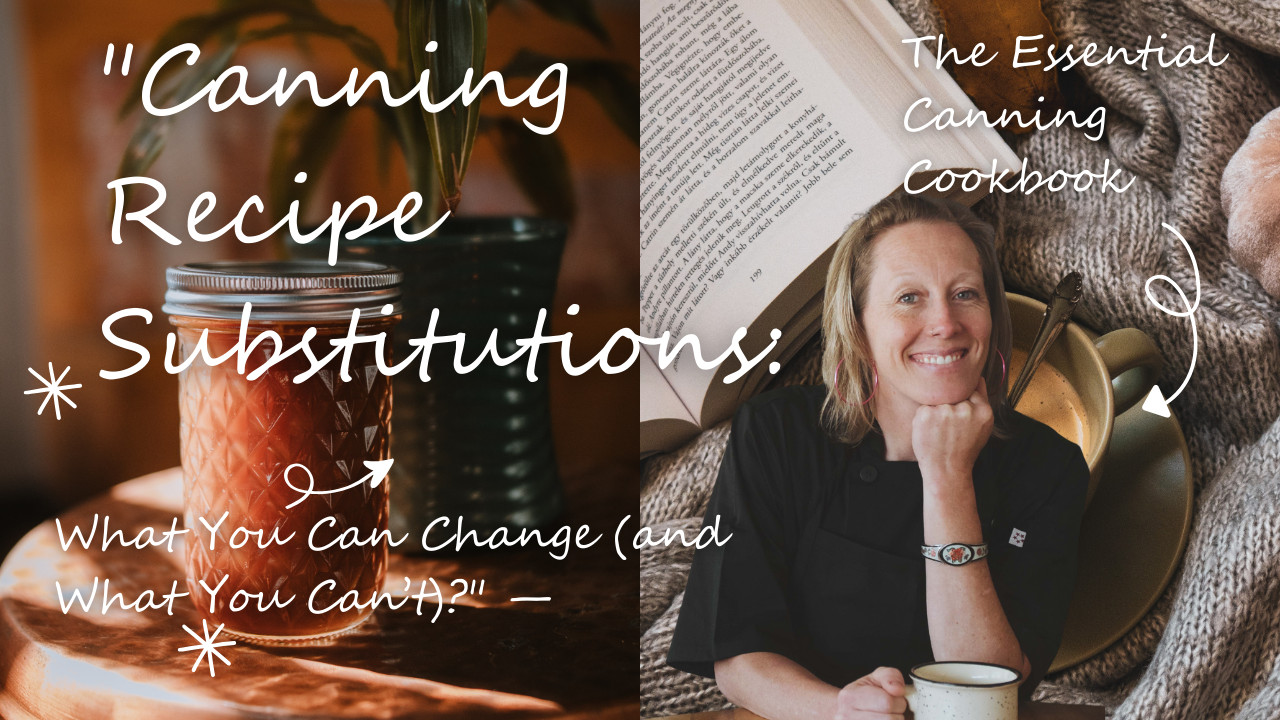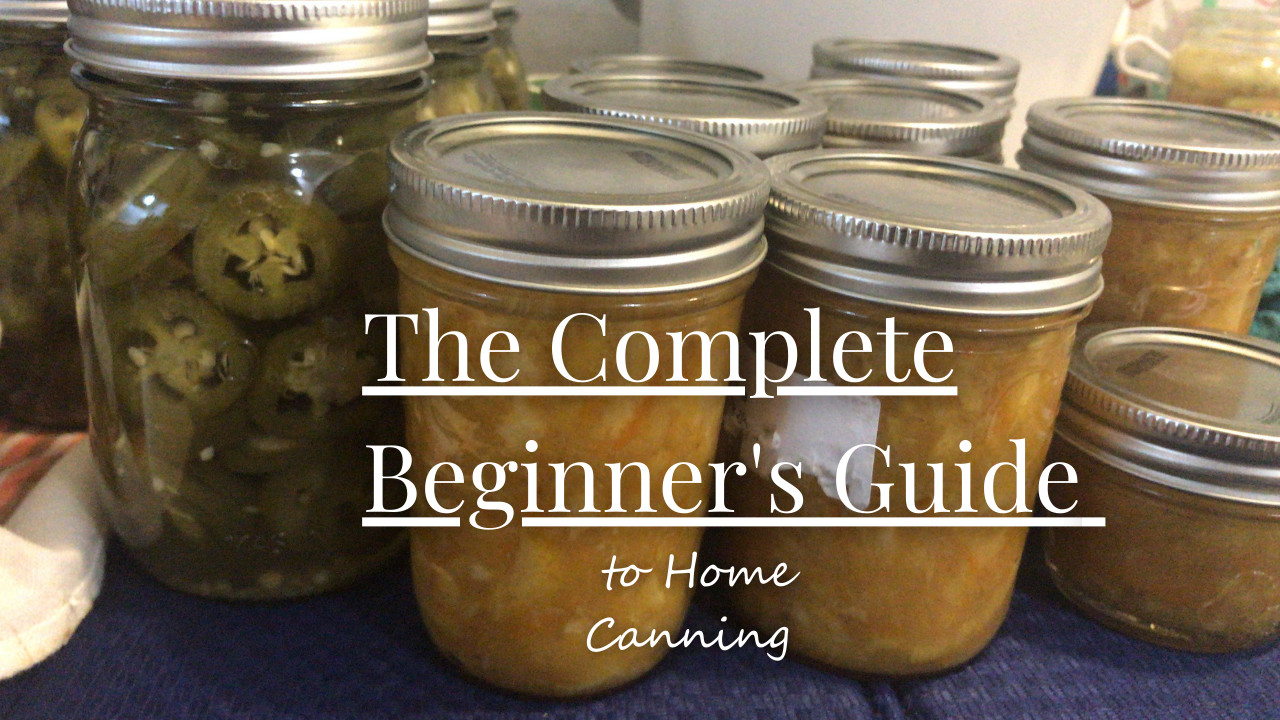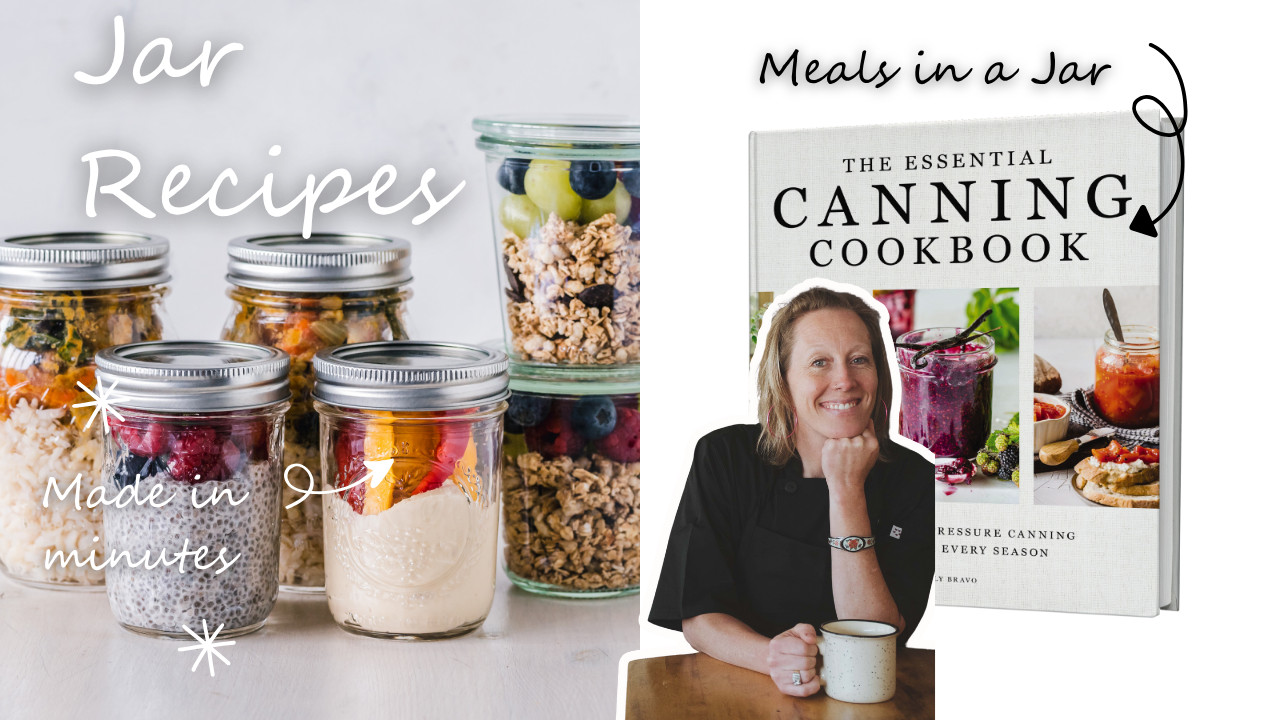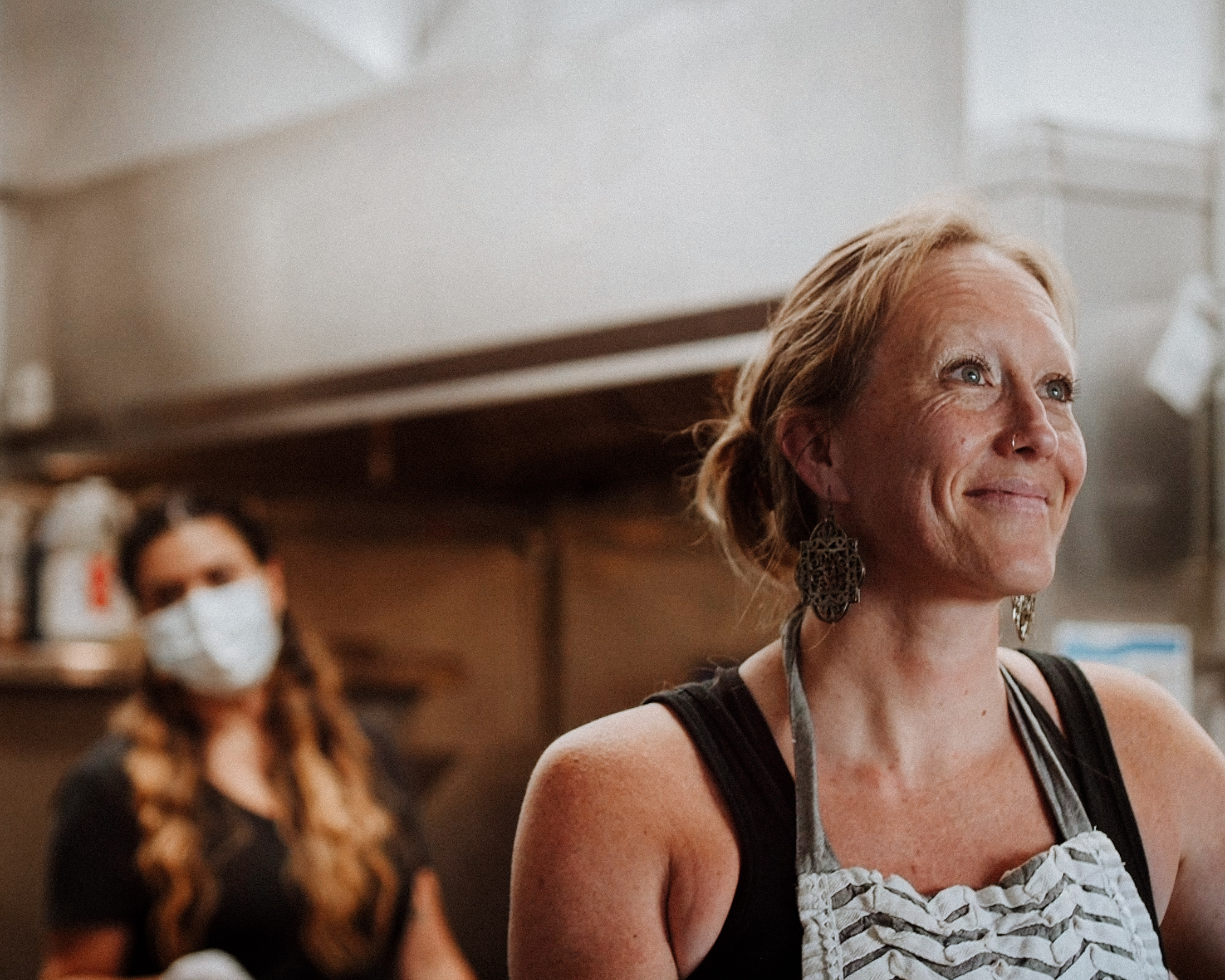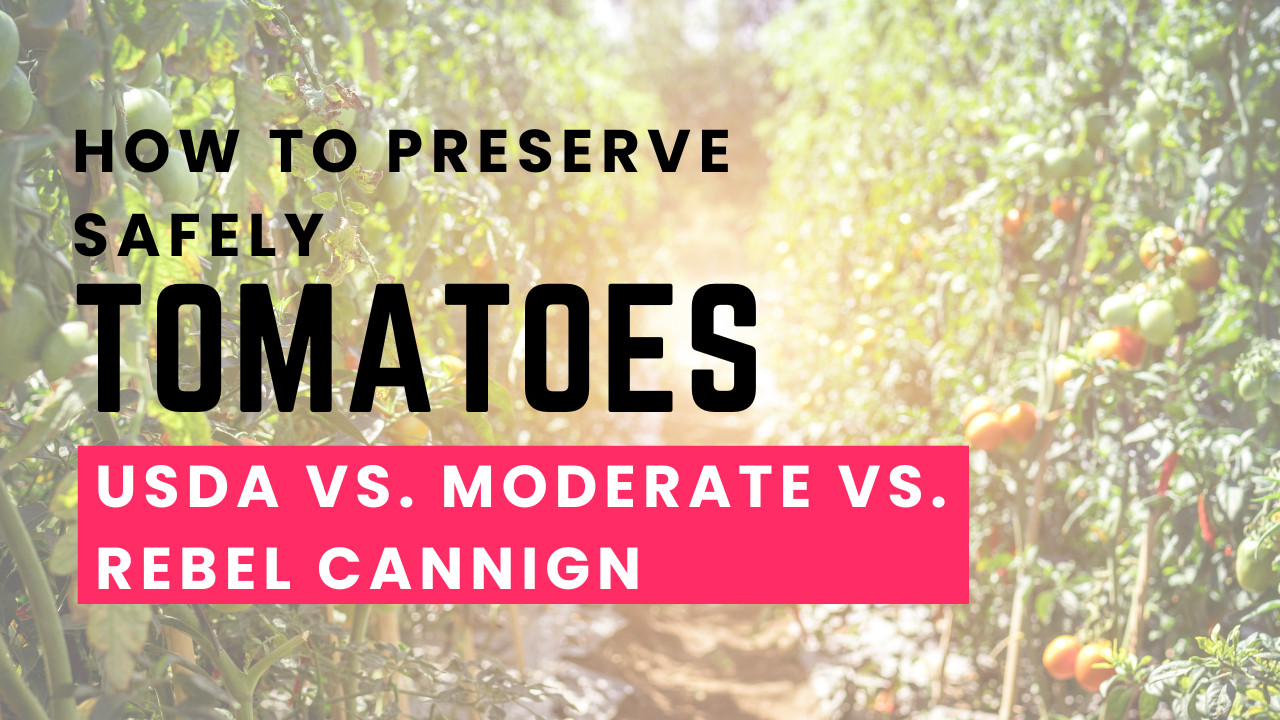
Want the safest, USDA-approved method for canning tomatoes? This guide walks you through everything—why tomatoes need acid, the exact USDA home food preservation guidelines, and how to choose between water bath canning and pressure canning without risking botulism. We’ll break down the three canning styles—USDA “play it safe,” moderate method, and rebel canning—so you can make an informed choice for your pantry. You’ll learn why bottled lemon juice beats fresh for acidity control, how much acid to add per jar (2 tablespoons bottled lemon juice or vinegar, or ¼ teaspoon citric acid per quart), and how to adjust processing times for altitude. Whether you’re a beginner following tested tomato canning recipes to the letter or a seasoned preserver looking for a safe middle ground, this post gives you the facts, the science, and the straight talk you need to put up jars of home-canned tomatoes that are shelf-stable, flavorful, and family-safe all year long.
Read more...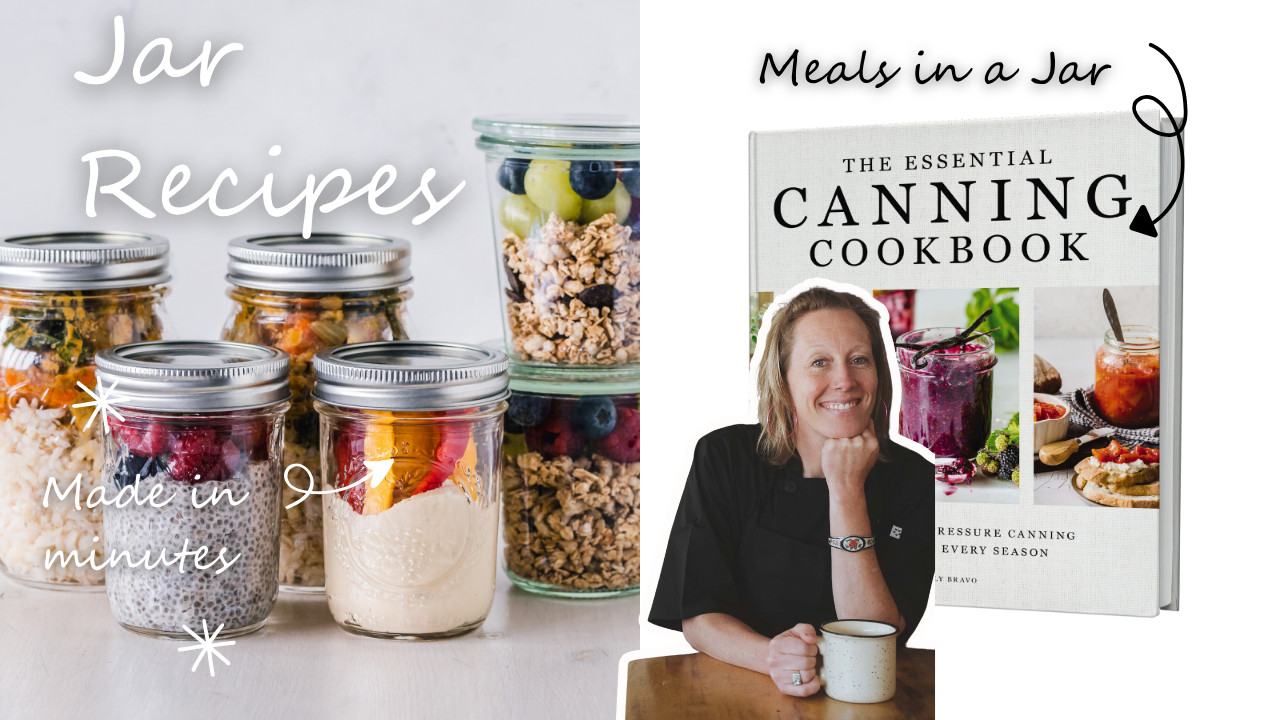
Our grandparents knew how to survive on more than convenience—they knew how to thrive on skills. From pantry shelves lined with home-canned peaches to stretching every scrap of food into something nourishing, they had wisdom we desperately need today.
Learning to can isn’t just about food—it’s about reclaiming freedom, resilience, and connection. One jar at a time, we can keep their stories alive.
➡️ Ready to learn? Join us Mondays for live canning classes + grab The Essential Canning Cookbook (drops Aug 5). Link in bio!
Read more...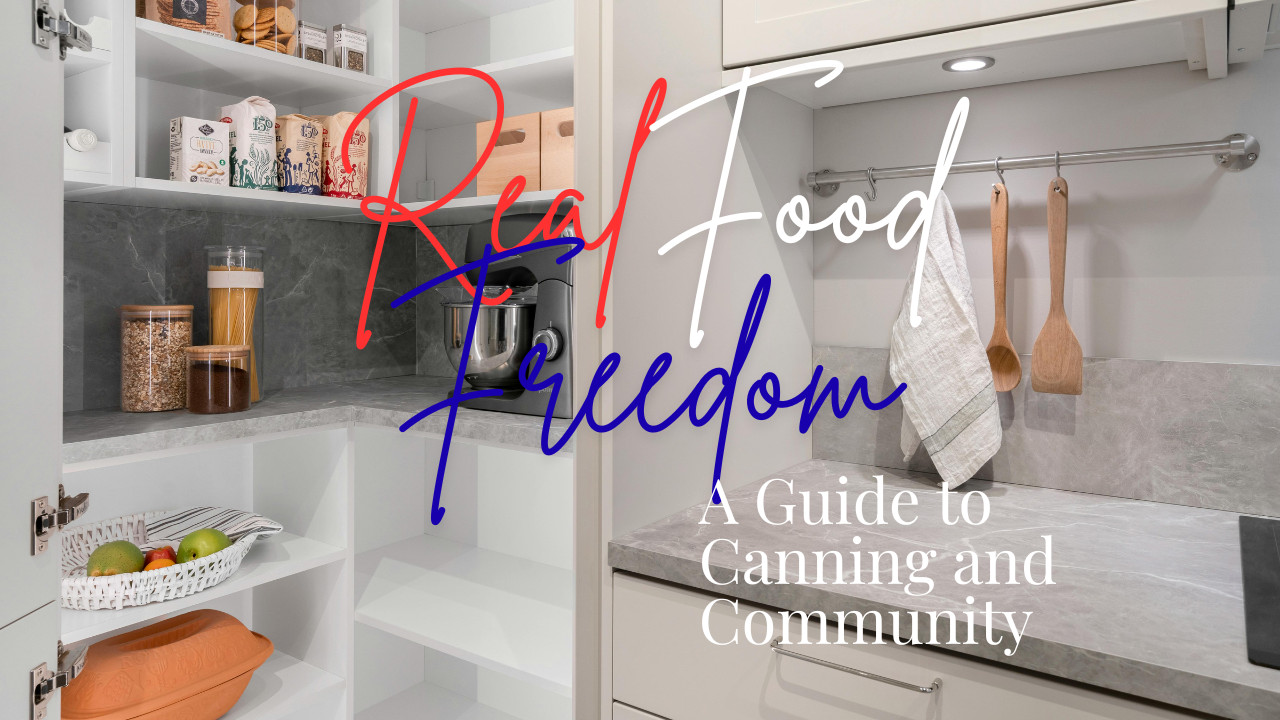
This Fourth of July, reclaim true independence—right from your kitchen. In this powerful blog post by Molly Bravo of Wylder Space, discover how ancestral canning circles, food preservation, and cottage food laws are fueling a new freedom movement for stay-at-home moms and modern homesteaders. Learn how to start earning from your kitchen, connect with like-minded women, and preserve more than just food. Join our canning circles, grab our essential cookbook, and say yes to a slower, sovereign way of life.
Read more...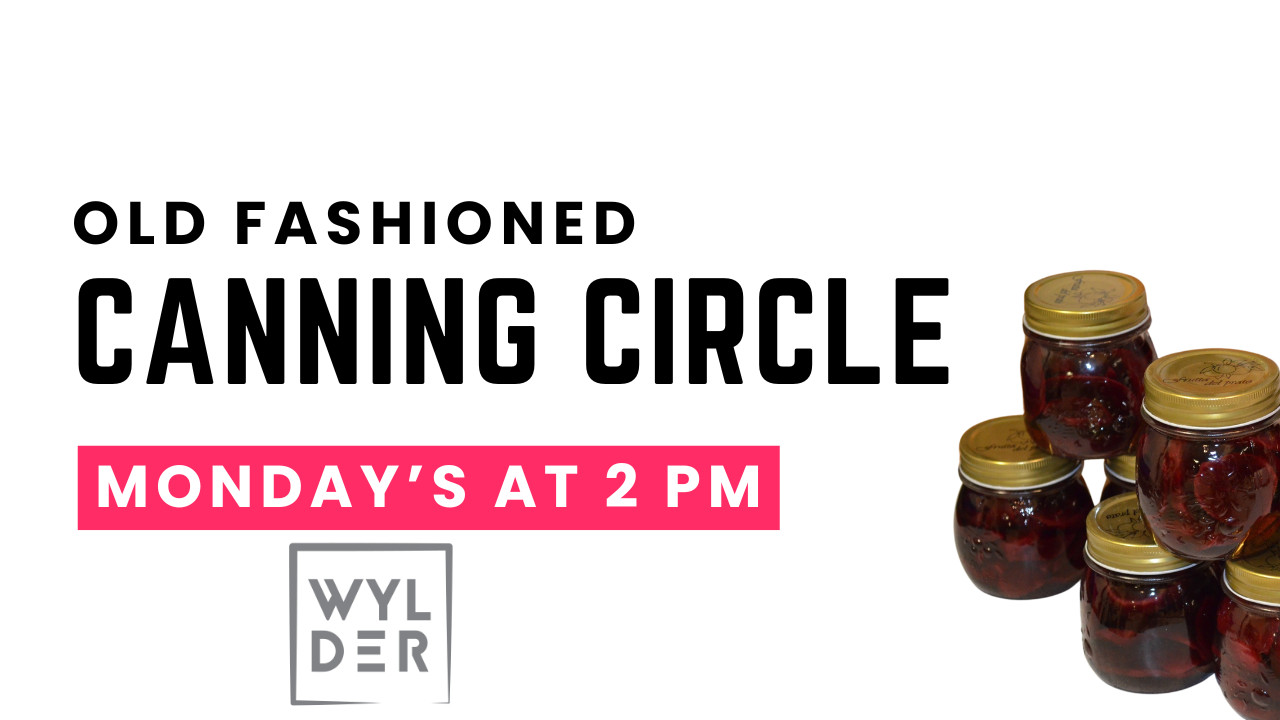
Step back in time and discover the powerful tradition of canning circles from the Great Depression—and how we're bringing them back today. Learn how women gathered in community to preserve food, share wisdom, and support one another. In this deeply personal post, Molly shares how Wylder Space is reviving this sacred practice with weekly canning circles that empower women to live slower, simpler, and more self-sufficient lives. Whether you're new to homesteading or just craving community, this post will inspire you to join the movement. 💛
🔗 Sign up for our weekly canning circle (in person or online — just $10!)
📚 Grab the Essential Canning & Food Preservation Cookbook to deepen your skills
🌱 Reclaim your roots. Build community. Preserve what matters.
Read more...📚 Grab the Essential Canning & Food Preservation Cookbook to deepen your skills
🌱 Reclaim your roots. Build community. Preserve what matters.
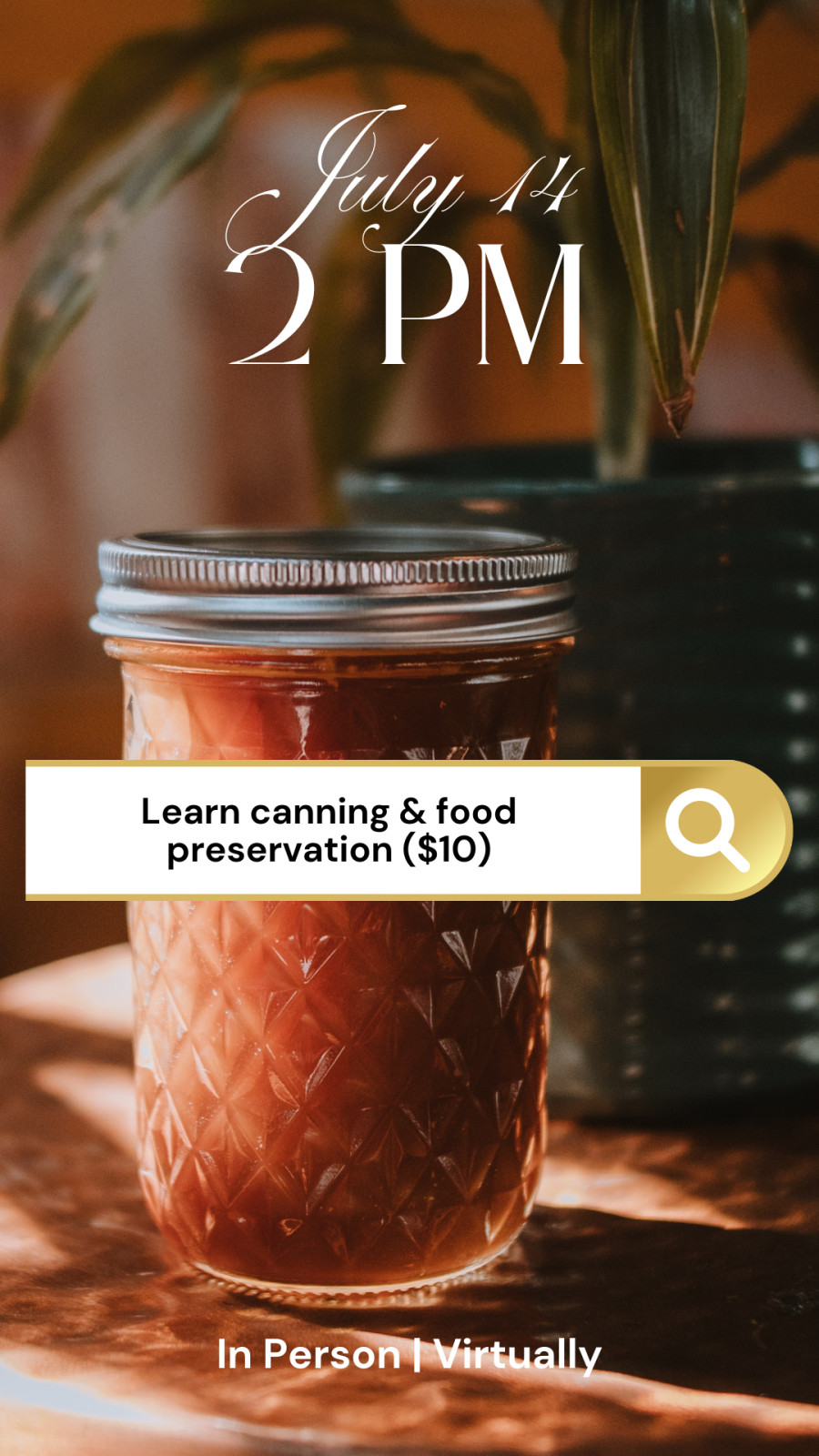
How to Start a Cottage Food Business in California (Even as a Stay-at-Home Mom with Zero Experience)
The summer trend no one saw coming: turning home-canned goods into $5–10K/month income from your own kitchen.
The summer trend no one saw coming: turning home-canned goods into $5–10K/month income from your own kitchen.
Canning, fermenting, and sourdough aren’t just homesteading hobbies anymore — they’re the foundation of a thriving cottage food business model that moms across California are using to stay home, feed their families well, and earn meaningful income doing what they love.
In this powerful guide, you’ll learn how to:
✅ Launch your legal cottage food business in California
✅ Choose profitable homemade products like jam, sourdough, or kraut
✅ Understand real earning potential (yes, $5K+ per month is possible)
✅ Join our FREE Sacred Canning Workshop to learn the key skill that starts it all
✅ Launch your legal cottage food business in California
✅ Choose profitable homemade products like jam, sourdough, or kraut
✅ Understand real earning potential (yes, $5K+ per month is possible)
✅ Join our FREE Sacred Canning Workshop to learn the key skill that starts it all
Whether you're dreaming of selling your jam at the farmers market or starting a real income stream from your own kitchen — this is your sign to get started now, before everyone else does.



